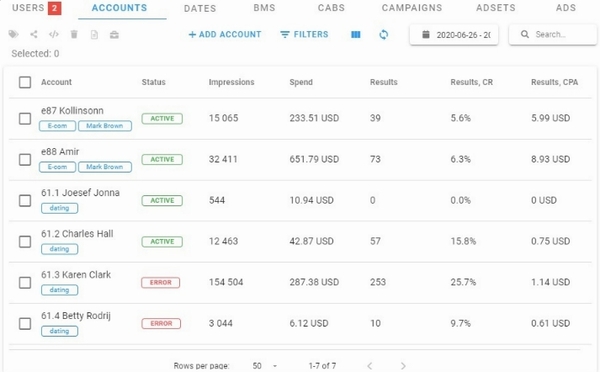

- #Automize changes file data on copy how to#
- #Automize changes file data on copy full#
- #Automize changes file data on copy windows#
#Automize changes file data on copy windows#
Python: Flask-OIDC protecting Client App and Resource Server using Windows 2019 ADFS.Kubernetes: Keycloak IAM deployed into Kubernetes cluster for OAuth2/OIDC.Kubernetes: copying files into and out of containers without ‘kubectl cp’.OAuth2: Configuring okta for OAuth2/OIDC.OAuth2: Configuring Google for OAuth2/OIDC.KVM: Creating a bridged network with NetPlan on Ubuntu 22.04.Python: migrating pip modules to newer Python version on Ubuntu.Ansible: embedding a timestamp in a file name.Selenium: Running headless automated tests on Ubuntu.Windows: Windows 2012 Sysprep for Vagrant readiness.Ansible: Managing a Windows host using Ansible.Bash: accepting a remote host fingerprint with ssh-keyscan.Putty: Using pscp/plink for automated file transfer and command execution from a Windows host.Ssh-keygen -l -E md5 -f | grep ssh-ed25519) (filemask to avoid recursive sync and avoid subfolders)Īccepted host keys from GUI saved in registry to: HKCU\Software\Martin Prikryl\WinSCP 2\SshHostKeys
#Automize changes file data on copy full#
"c:\Program Files (x86)\WinSCP\" "/script=scpcmd.txt"Īnd you should be able to see that the remote file has been transferred and has user/group permissions set to full permissions on the remote host. If the script name is “scpcmd.txt”, and you have a local file named “mylocalfile.txt” then you can run the command as below. It does not matter if you use the first or second line, either will prove to WinSCP that the remote host is one that you trust. I’ve used ellipsis to shorten the display below, but you must use the full value.

Either will work work to allow to establish a session with the remote host.Īppend the “-hostkey” switch to the end of the ‘open’ command to inform WinSCP that a host with that key is valid. The first line gives the sha-256 value of the key, the second is the MD5 fingerprint of the value. There will be two lines pasted in, both start with the shown “Algorithm” value (e.g. Select “Copy key fingerprints to clipboard”, and then paste it into a text editor like Notepad++. If you use the GUI to open a session to the remote host, you should get the following message if the key has not already been added to the registry. There are multiple ways to fetch the hostkey value, but the easiest is to use the GUI winscp.exe. It is highly recommended that you send the hostkey. Because we are essentially dealing with ssh, we either need to send the hostkey of the remote host (as a security measure to validate authenticity) or circumvent all security and allow all hostkeys (-hostkey=”*”). open mylocalfile.txt /tmp/myremotefile.txt -transfer=autoīut there is one more thing you need because this is scp – a hostkey to prove this is the remote host you intended.ĭealing with SCP adds one additional layer of security. For example (ignoring hostkey for a moment), here is a script for transferring a local file to a remote host in “/tmp” and setting the permissions. The scp commands used to connect and run commands on a remote host follow the same pattern as the example above. You should see a directory list of /ubuntu and then a binary file named “ls-lR.gz” will be downloaded using the get command.įor a full list of command available see the winscp script commands.

Let’s run through a quick example of connecting to as the anonymous user, changing to the ‘ubuntu’ directory, getting a file listing, downloading a 14Mb file, then disconnecting.Ĭreate a script file named “ftpcmd.txt” containing: open ubuntuĭrop down the command prompt and run: "c:\Program Files (x86)\WinSCP\" "/script=ftpcmd.txt"

is the console based program which we will use throughout this article.
#Automize changes file data on copy how to#
When dealing with SCP sessions, we need to set a hostkey value in order to meet security concerns, so we will go into detail on how to retrieve and provide that value.Īfter installing WinSCP in the default “c:\program files (x86)\winscp” directory, you will see two executables. In this article I will show how to use scripted FTP commands and SCP commands to automate your file transfer jobs. A feature not many take advantage of is the ability to create automation scripts that can execute these transfers as silent batch jobs. WinSCP is a Windows application for transferring files via fto or scp to remote host.


 0 kommentar(er)
0 kommentar(er)
